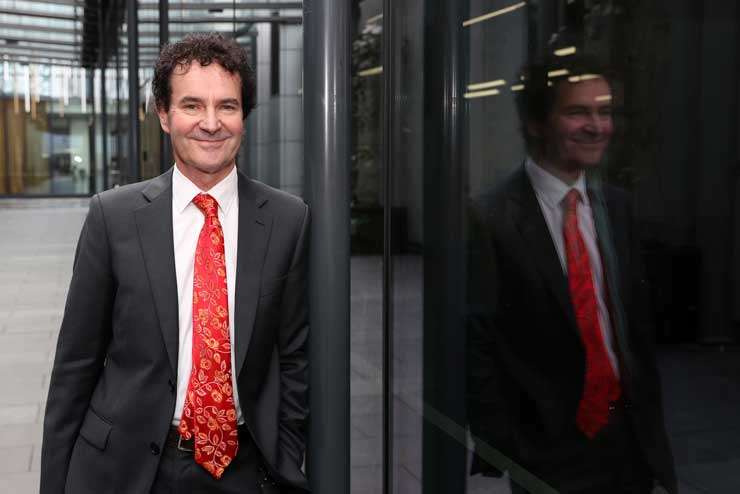ANALYSIS: Two or three weeks ago a view developed that the Reserve Bank of New Zealand had not done enough to crush inflationary pressures in the economy and that further increases in the Official Cash Rate (OCR) from the 5.5% it was taken to last May would be needed. The change in market view caused a 0.3% rise in bank wholesale borrowing costs and that stripped away some of the fattened bank margins built up in earlier months as falling rates in the United States fed through to lower fixed rate borrowing costs here.
I can see why some in the market felt there might be more rate rises, just as I can understand why children scream, “Are we there yet?” in the back of the car on a family holiday. Immature impatience.
The thing is, monetary policy takes a long time to have its greatest impact on inflation, with the commonly accepted view being 18-24 months. The RBNZ started raising the cash rate in October 2021, but the rises were small, in increments of 0.25 percentage points, which scared very few people. It was not until April 2022 that the RBNZ began jacking the rate up in increments of 0.5 percentage points, culminating in a 0.75 percentage point rise in October 2022 and a warning of recession. Policy only really hit its strides late in 2022.
Start your property search
We have only now entered the period when tighter monetary policy can be expected to have its greatest impact and that is likely to be a key reason why the RBNZ did not raise the cash rate. Further rate rises are unlikely this far down the tightening track, but rate cuts are still some distance off.
Read more:
- The top five Kiwi towns where you can buy a home for less than $500,000
- Buyers offered $20,000 sweeteners in bid to shift unsold apartments in $130m block
- Bright-line rule change: 58,000 properties could dodge $65,000 tax hit
Justifying the screams of “Are we there yet?” and the RBNZ signal of no rate cuts being imminent have been several important pieces of data. The inflation rate still sits well above the 1-3% target range at 4.7%. The annual pace of private sector wages growth is still well above the 3.3% long-term average at over 6.5%.
The net proportion of businesses saying they plan raising their selling prices in the coming year is stuck at twice the 25% long-term average above 50%. Also, plenty of household costs keep rising with no obvious ability of the RBNZ to influence them because of the monopolistic and oligopolistic positions of the service providers. This includes council rates, insurance, groceries, and domestic airfares.

Independent economist Tony Alexander: "Further rate rises are unlikely this far down the tightening track, but rate cuts are still some distance off." Photo / Fiona Goodall
But at the same time as reason for central bank intransigence is clearly evident, underneath the surface of some still worrying inflation signs the economy is fracturing.
The volume of retail spending has fallen for eight quarters in a row and spending per capita is now almost 7% lower than a year ago and 11% down from two years ago. Business plans for investing in new equipment and systems are weak with only a net 2% planning to do so versus a three decade average of 11%.
The value of our exports in the three months to January was 8% down from a year earlier and the outlook for growth in our biggest trading partner is poor. The volume of house construction is falling away rapidly with developers struggling to get presales and banks therefore not financing them. And the government is tightening fiscal policy.
The disinflationary/contractionary pressures which the RBNZ aims to get running through the economy in order to weaken the ability of businesses to raise their selling prices are as active as you’d want them to be. All that is missing here are two things: passage of enough time from the true push of tighter policy from late-2022, and the final crunching of lazy business pricing plans.
These sort of factors likely contributed to the RBNZ keeping the cash rate at 5.5%, not having any discussion about raising the rate, and slightly trimming their pick for the cash rate over the coming year.
- Tony Alexander is an independent economics commentator. Additional commentary from him can be found at www.tonyalexander.nz
Use the search field to find out the best mortgage deals available today.












































































